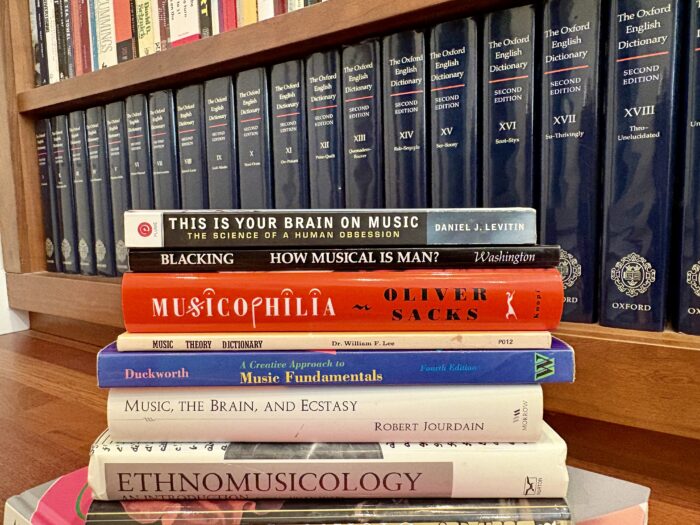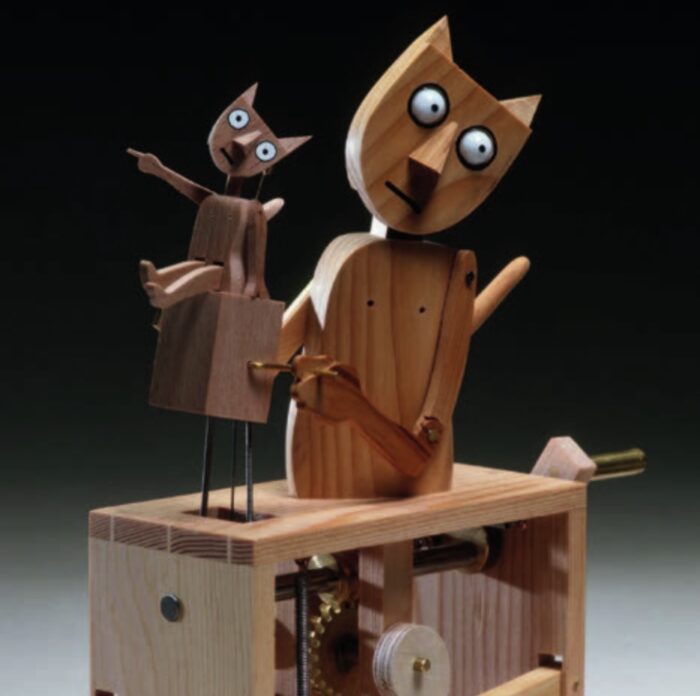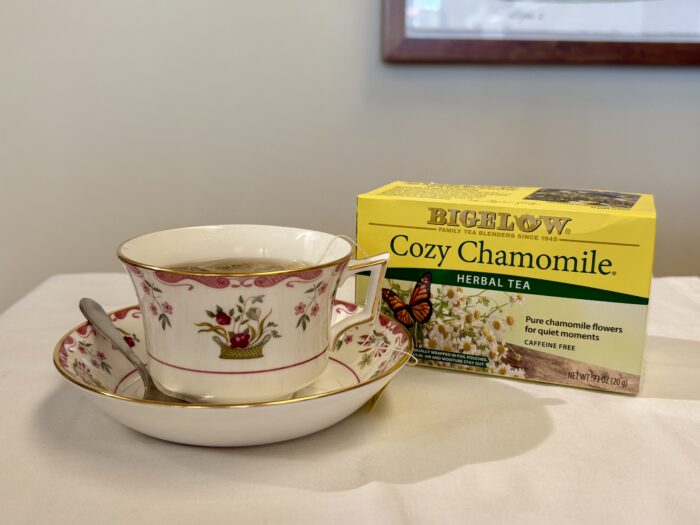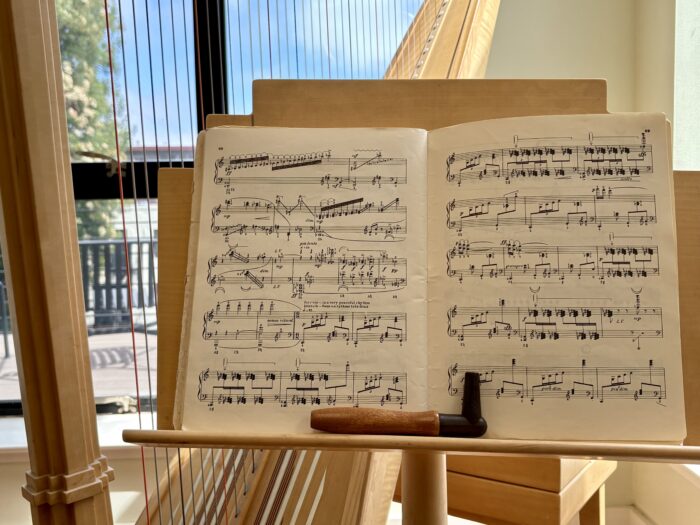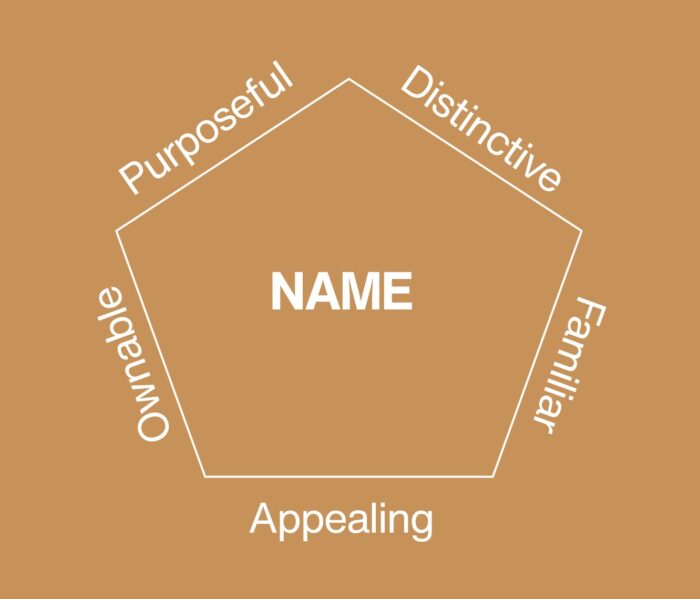
When engaging the publishing world, we’re advised to only speak about our relevant experience. I’ve been a creative director and writer for over 20 years, but is that relevant? After all, I’ve written for airlines, wine producers, tech companies, and those aren’t for children. But what I’ve done for my clients is create manifestos and narratives, voices that feel authentic, and memorable names. That’s storytelling. For a frozen food company, I wrote a series of social media videos that were about making time to connect with family. This photo—reading to a child in a tent—is from one of my video shoots, and proves I never stray far from what I love. To learn more about my work, visit my branding site.

